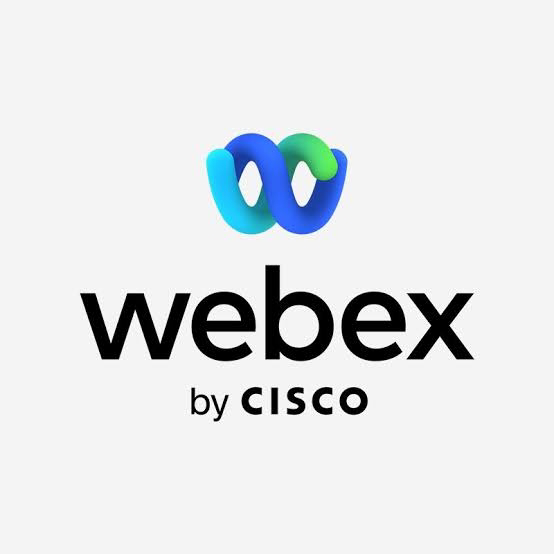In today's interconnected world, video conferencing has become an integral part of communication and collaboration for businesses, educational institutions, and individuals alike.
With numerous options available, it can be challenging to determine which video conferencing platform best suits your needs.
In this article, we will explore the top five video conferencing platforms and highlight their pros and cons, helping you make an informed decision.
1. Zoom
Pros:
- User-friendly interface with simple setup and intuitive controls.
- High-quality video and audio capabilities, allowing for seamless communication.
- Extensive features like screen sharing, recording, and virtual backgrounds.
- Supports large meetings with up to 1,000 participants.
- Cross-platform compatibility across desktop and mobile devices.
Cons:
- Privacy and security concerns have been raised in the past, but the company has taken steps to address these issues.
- Some users have experienced reliability issues during peak usage times.
- Certain features are limited in the free version, requiring a subscription for full access.
2. Microsoft Teams
Pros:
- Integrated with Microsoft Office 365, making it convenient for organizations already using Microsoft products.
- Offers a wide range of collaboration tools, including file sharing, document collaboration, and project management.
- Robust security features, ensuring data protection and compliance.
- Seamless integration with other Microsoft applications and services.
- Supports large meetings with up to 10,000 participants.
Cons:
- The interface can be overwhelming for new users, requiring some time to navigate and understand.
- Limited customization options compared to other platforms.
- The free version has limitations, and certain advanced features require a subscription.
3. Google Meet
Pros:
- Fully integrated with Google Workspace (formerly G Suite), providing a seamless experience for users already using Google products.
- Simple and clean interface, making it easy to use for both beginners and experienced users.
- Supports large meetings with up to 250 participants.
- Offers real-time captions and automatic noise cancellation.
- End-to-end encryption for enhanced security.
Cons:
- Some advanced features, such as breakout rooms, are only available for enterprise-level subscribers.
- The free version has limitations on meeting durations and participant numbers.
- Integration with non-Google apps and services is not as seamless as with Google's own ecosystem.
4. Cisco Webex
Pros:
- Excellent video and audio quality, ensuring clear communication during meetings.
- Advanced features like AI-powered transcription, virtual backgrounds, and live streaming.
- Enhanced security measures, including end-to-end encryption and secure meeting access.
- Integrates with other Cisco collaboration tools for a comprehensive communication experience.
- Offers a generous free version with fewer restrictions compared to some competitors.
Cons:
- The interface can be complex for new users, requiring some learning curve.
- Certain features are only available in higher-priced plans.
- Compatibility issues may arise when joining meetings from different devices or browsers.
5. GoToMeeting
Pros:
- Reliable and stable video conferencing platform with robust audio quality.
- Intuitive interface that allows for easy meeting scheduling and joining.
- Offers a variety of collaboration tools, including screen sharing, drawing tools, and cloud recording.
- Provides seamless integration with popular productivity apps like Microsoft Office and Google Calendar.
- Supports meetings with up to 250 participants.
Cons:
- The free version is limited in features and has a maximum meeting duration of 40 minutes.
- Some users have reported occasional connectivity issues during meetings.
- Customization options are relatively limited compared to other platforms.
Conclusion:
Choosing the right video conferencing platform depends on your specific needs and preferences. Zoom stands out with its user-friendly interface and extensive feature set, while Microsoft Teams and Google Meet offer deep integration with their respective productivity ecosystems. Cisco Webex and GoToMeeting provide reliable solutions with advanced features.
By considering the pros and cons of each platform, you can make an informed decision that aligns with your communication requirements, budget, and security considerations.
Do you feel like a better platform should have made our list? Kindly let us know in the comments section below.













No comments:
Post a Comment